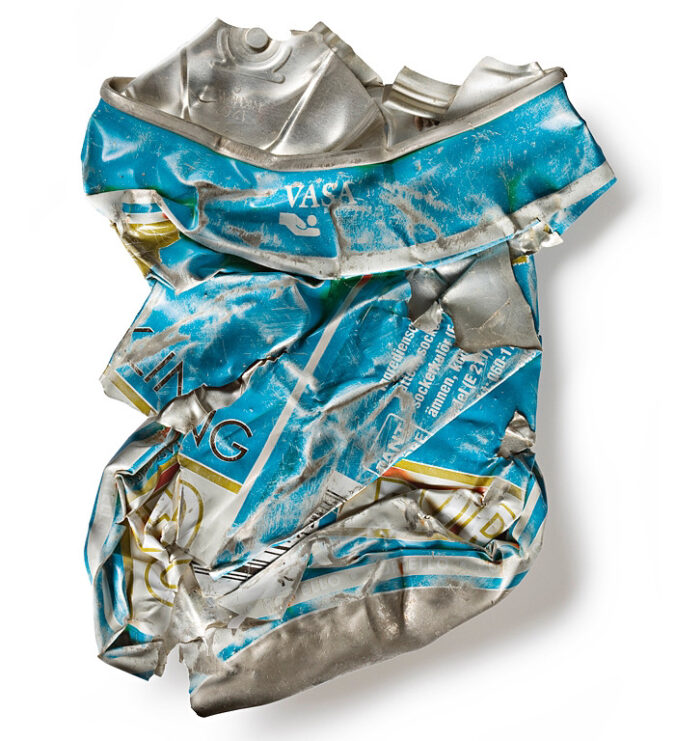RecyclingFinn Arne JørgensenMIT Press208 Pages, 5 x 7 in.November 2019ISBN: 9780262537827 Is there a point to recycling? Is recycling even good for the environment? In this volume in the MIT Press Essential Knowledge series, Finn Arne Jørgensen answers (drumroll, please): it depends. From a technical point of view, recycling is a series of processes—collecting, sorting, processing, manufacturing. Recycling also has a cultural component; at its core, recycling is about transformation and value, turning material waste into something useful—plastic bags into patio furniture, plastic bottles into T-shirts. Jørgensen offers an accessible and engaging overview of recycling as an activity and as a process at the intersection of the material and the ideological. Jørgensen follows a series of materials as they move back and forth between producer and consumer, continually transforming in form and value, in a never-ceasing journey toward becoming waste. He considers organic waste and cultural contamination; the history of recyclable writing surfaces from papyrus to newsprint; discarded clothing as it moves from the the Global North to the Global South; the shifting fate of glass bottles; the efficiency of aluminum recycling; the many types of plastic and the difficulties of informed consumer choice; e-waste and technological obsolescence; and industrial waste. Finally, re-asking the question posed by John Tierney in an infamous 1996 New York Times article, “is recycling garbage?” Jørgensen argues that recycling is necessary—as both symbolic action and physical activity that has a tangible effect on the real world. MIT Press website: https://mitpress.mit.edu/books/recycling Reviews
An overview of recycling as an activity and a process, following different materials through the waste stream. Recycling, published with MIT Press in 2019. The book is part of the Essential Knowledge series.



